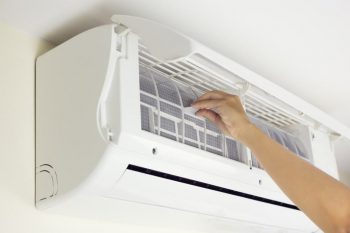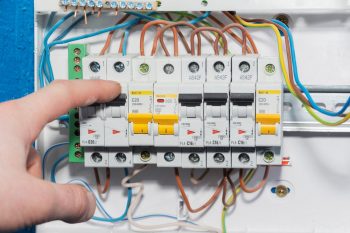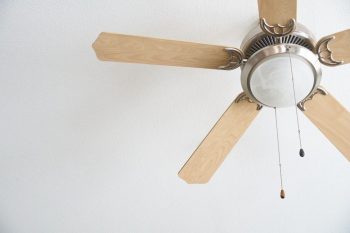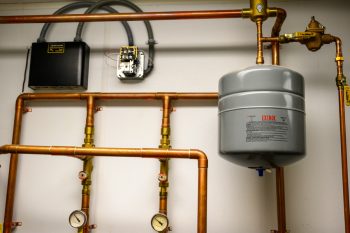
The location of your AC filter is critical to the efficiency and effectiveness of your air conditioning system. The placement can vary depending on the specific model and brand of your AC unit. However, most commonly, AC filters are found in return ducts or inside the air handler in your attic or basement.
The location of your AC filter can vary depending on the model and brand of your AC unit, but it is most commonly found in return ducts or inside the air handler in your attic or basement. It may also be near the thermostat, next to the air handler, in the return duct grates located on the ceiling, wall, or floor, or behind the access panel in the central unit. Proper placement is critical for the filter to effectively clean the air and maintain the efficiency of your HVAC system.
Primary Function of an AC Filter
The primary function of an AC filter is to clean the air that circulates through your heating and cooling system. AC filters trap and hold various types of particulates and contaminants that could affect your health and comfort, such as dust, dirt, pollen, mold spores, fibers, lint, metal, plaster or wood particles, hair, animal fur, bacteria, and microorganisms. By filtering out these contaminants, AC filters help maintain good indoor air quality and protect the HVAC system components from damage caused by the buildup of particles.
Importance of AC Filter Placement
Proper placement of your AC filter is vital for its effectiveness. It ensures optimal airflow, allowing the filter to capture dust, debris, and other contaminants effectively. If the filter is not placed correctly, it can obstruct airflow, causing your HVAC system to work harder, reducing its efficiency, and leading to higher energy consumption.
Incorrect placement can also lead to damage to the AC components, impairing the system’s performance. A well-placed AC filter can effectively screen out pollutants, particulates, and dust, ensuring better indoor air quality. This is particularly important for people with allergies, asthma, or other respiratory issues, as well as for children and the elderly.
Identifying the Location of Your AC Filter
To identify where the AC filter should be placed in your home, you can look for the following common locations:
- Near the thermostat in a return duct
- Next to the air handler
- Return ducts, which are grates located on the ceiling, wall, or floor
- Central unit, where the filter may be behind the access panel
Once you locate the filter, follow the proper steps to change it, such as turning off the AC unit, knowing the size of your filter, and inserting the new filter with the air flow arrow pointing in the same direction as the old filter.
Signs of Incorrectly Placed AC Filters
There are several signs that your AC filter is not correctly placed. These include decreased indoor air quality, unusual noise from the AC, damage to AC components, reduced airflow, increased energy bills, and frequent HVAC repairs.
Regular Maintenance
To avoid these issues, it is important to regularly check the placement and condition of your AC filter. Most air filter manufacturers and HVAC companies recommend checking your air filter at least once a month. The filter should be replaced every 30 to 90 days, depending on the type of filter and the presence of pets or allergies in the home.
In conclusion, the proper placement of your AC filter is crucial for maintaining the efficiency and effectiveness of your HVAC system. Regular maintenance, including checking the filter’s placement and condition, can help improve indoor air quality, protect your HVAC system, and save on energy costs.
Frequently Asked Questions
What types of AC filters are available in the market?
There are several types of AC filters available in the market, including fiberglass filters, pleated filters, electrostatic filters, and HEPA (High-Efficiency Particulate Air) filters. Each type has its own advantages and is best suited for specific needs and environments.
How do I know what size of AC filter I need?
The size of the AC filter you need can be determined by checking the existing filter in your AC unit. The dimensions are usually printed on the side of the filter. Common sizes include 16x25x1, 20x25x1, and 16x20x1. If the size is not printed, you can measure the length, width, and depth of the filter with a tape measure.
Can I clean and reuse my AC filter?
Whether or not you can clean and reuse your AC filter depends on the type of filter you have. Disposable filters, such as fiberglass filters, should be replaced and not cleaned. However, some types of filters, such as certain electrostatic filters, can be cleaned and reused. Always check the manufacturer’s instructions.
What happens if I don’t change my AC filter regularly?
If you don’t change your AC filter regularly, it can become clogged with dust, debris, and other contaminants. This can restrict airflow, forcing your HVAC system to work harder, which can lead to increased energy consumption, decreased system efficiency, and potential damage to your AC unit. Furthermore, a dirty filter cannot effectively filter out pollutants, impacting your home’s indoor air quality.
Why is the arrow on the AC filter important?
The arrow on an AC filter indicates the direction of airflow. The arrow should always point towards the AC unit or in the direction of the air flow. Incorrect installation of the filter with the arrow pointing in the wrong direction can lead to reduced efficiency and potential damage to the AC unit.












